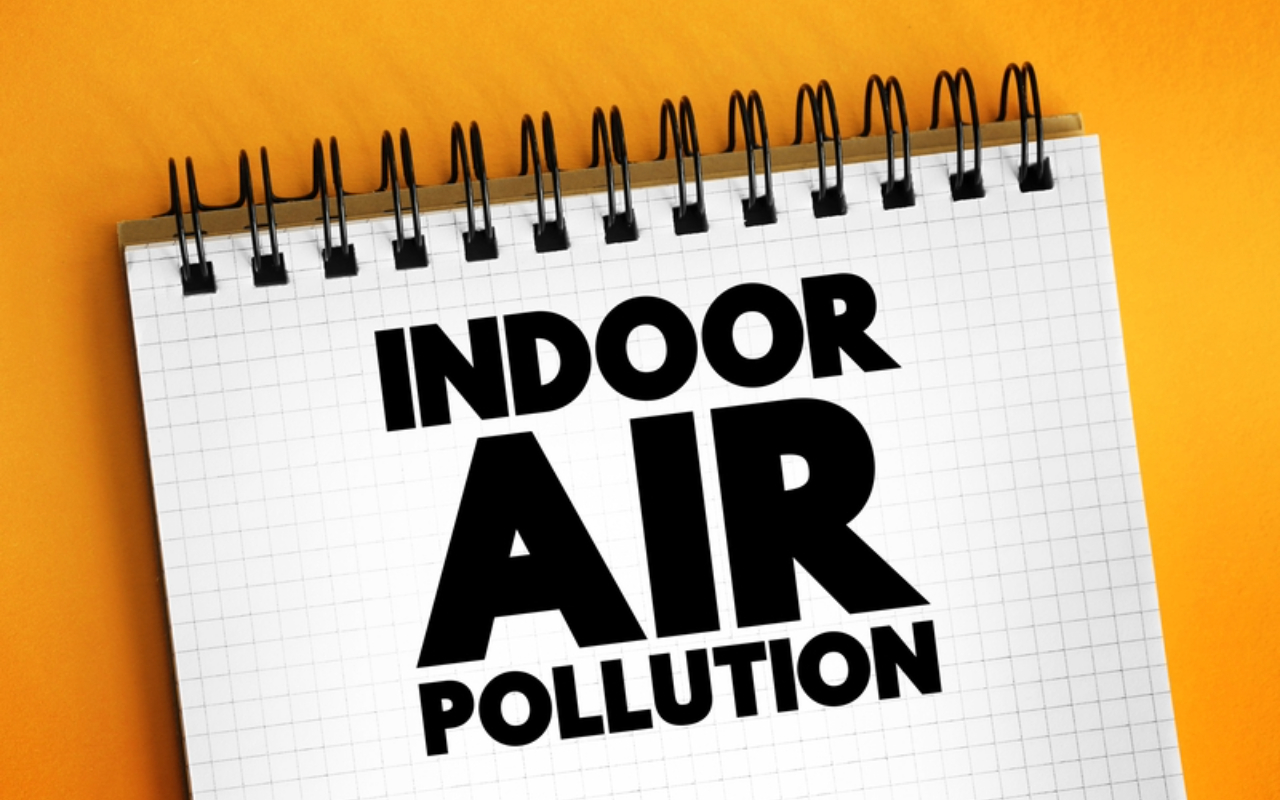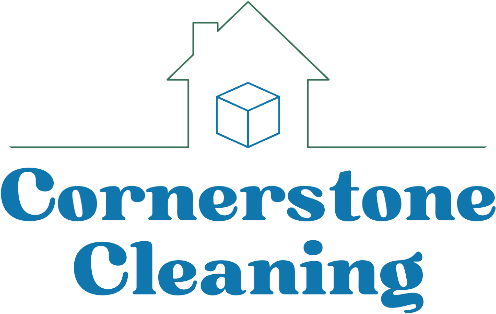
When it comes to air pollution, most people think of smog-filled cities or industrial emissions. However, the air inside our homes can be even more polluted than the air outside. Indoor air pollution is a hidden danger, and it often goes unnoticed until it starts affecting our health. Let’s dive into common indoor air pollutants, their effects, and how maintaining cleanliness can significantly improve the air quality in your home.
Common Indoor Air Pollutants
Indoor air pollution comes from a variety of sources, some of which may surprise you. Here are the most common culprits:
- Dust and Dust Mites: Dust accumulates in every corner of your home, and with it come dust mites, tiny creatures that can trigger allergies and asthma.
- Mold Spores: Mold thrives in damp areas such as bathrooms and basements. Its spores can easily become airborne and cause respiratory issues.
- Volatile Organic Compounds (VOCs): VOCs are emitted by many household products, including cleaning supplies, paints, and even furniture. Prolonged exposure to VOCs can lead to headaches, dizziness, and long-term health problems.
- Pet Dander: Pets bring joy to our lives, but their dander—tiny flecks of skin—can aggravate allergies and contribute to poor indoor air quality.
- Cooking Smoke and Grease: Cooking, especially on gas stoves, releases particles and gases that can linger in the air.
The Health Effects of Poor Indoor Air Quality
Poor indoor air quality can have a range of health effects, from mild discomfort to severe respiratory conditions. Symptoms often include:
- Sneezing, coughing, and itchy eyes
- Worsened asthma or allergy symptoms
- Chronic headaches and fatigue
- Long-term respiratory issues from extended exposure to pollutants
Children, the elderly, and individuals with pre-existing conditions are especially vulnerable.
How Cleanliness Improves Indoor Air Quality
Keeping your home clean is one of the most effective ways to combat indoor air pollution. Here’s how regular cleaning and maintenance can make a difference:
- Reduce Dust and Allergens: Frequent dusting and vacuuming can minimize the accumulation of dust and allergens. Use a vacuum cleaner with a HEPA filter to capture fine particles effectively.
- Control Mold Growth: Regularly clean areas prone to dampness, such as bathrooms and kitchens. Fix leaks promptly and use a dehumidifier to maintain optimal humidity levels.
- Minimize VOCs: Opt for eco-friendly, low-VOC cleaning products and avoid air fresheners with synthetic fragrances. Store chemicals in well-ventilated areas.
- Clean Air Filters: Replace or clean the filters in your HVAC system and air purifiers regularly to ensure they’re working efficiently.
- Wash Fabrics: Launder curtains, bedding, and upholstery to remove dust and allergens that cling to fabrics.
Tips for Maintaining a Healthy Indoor Environment
Beyond cleaning, there are additional steps you can take to improve indoor air quality:
- Ventilation: Open windows when weather permits to allow fresh air to circulate. Use exhaust fans in kitchens and bathrooms to remove excess moisture and pollutants.
- Air Purifiers: Invest in a quality air purifier with a HEPA filter to trap airborne particles.
- Houseplants: Certain houseplants can help purify the air by absorbing pollutants. However, be cautious if you have mold allergies, as soil can harbor mold.
- Professional Cleaning: Periodically hire professional cleaning services for deep cleaning tasks such as carpet shampooing and duct cleaning.
Final Thoughts
Indoor air pollution may be invisible, but its effects are undeniable. By staying proactive and maintaining a clean home, you can significantly reduce pollutants and create a healthier living environment for yourself and your family. Remember, the air you breathe starts at home, so take steps today to ensure it’s as clean and fresh as possible.
